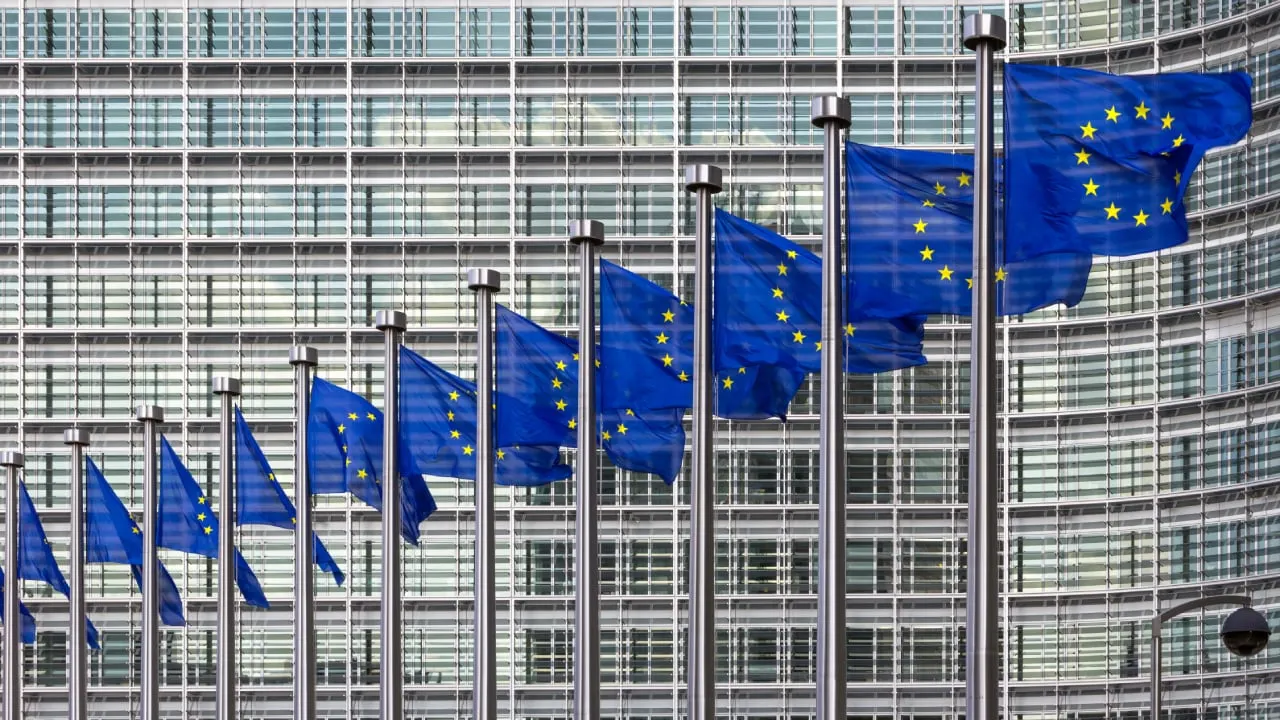The European Union’s groundbreaking new crypto regulations will come into effect on Thursday, marking the end of two and a half years of legislating. But financial policymakers are already calling for a second version of the law to be introduced down the line.
Markets in Crypto Assets (MiCA) was published in the EU’s official journal on June 9, and is scheduled to take effect on June 29, setting the clock ticking for firms to comply before its requirements are enforced. Certain regulations on stablecoins will be enforced one year from now, while the rest will be in use by the end of 2024.
But even as firms play catch-up to the new regime, Bank of France Governor François Villeroy de Galhau said last week at an event in Paris that lawmakers now need to develop ‘MiCA II’, to better regulate the crypto sector. His comments echoed those of European Central Bank President Chrisine Lagarde, who has repeatedly called for a MiCA mark 2.0, in order to cover current blind spots such as decentralized finance (DeFi), lending and staking.
Is MiCA 2 already underway?
Decrypt understands that the EU Commission has not yet begun work on a second version of MiCA.
However, after 18 months the Commission will be obliged to produce reports concerning some of the current gaps in the legislation. On top of DeFi, lending and staking, that could also cover non-fungible tokens (NFTs), which were not included in the first version of MiCA.
Work would only begin if those reports throw up enough issues to justify the development of a new version. But the focus in Brussels is very much on implementing MiCA 1.
"In my opinion, MiCA 1 is a thorough piece of legislation,” commented Laura Chaput, head of regulatory compliance at market maker Keyrock. “It would be wise for lawmakers to carefully evaluate its implementation, weighing the benefits against potential drawbacks, before considering further regulation. It is important to allow the industry sufficient time to adapt to the new regulatory framework and evaluate its effectiveness."
But Anne-Sophie Cissey, head of legal and compliance at Flowdesk, said that crypto regulation was “overdue”, and with more traditional financial companies entering the blockchain, the need for additional clarity was urgent. “With more opportunities come more responsibilities — and we need clear rules and supervision,” she said.
What would be in MiCA 2?
While the actual implementation of a second MiCA might be a long way off, this has not put a stop to discussion in the industry of what should be included if the legislation is updated.
“MiCA has laid the groundwork for regulating blockchain-based finance,” Cissey said. “But it stopped short from wading into specialized domains of DeFi uses like staking or on-chain lending. Token classification—including NFTs, as well as LP, utility, and governance tokens and their relationship regarding financial instruments—is also missing. That is a vital and potentially highly contentious issue.”
Because customers are already using many of the innovations not covered by MiCA, she said, they “deserve clarity and protection”.
“We have to clean these spheres from illicit actors,” she added.
Jon Helgi Egilsson, a former central banker and co-founder of digital euro token issuer Monerium, argued that it should focus solely on crypto-related innovations such as DeFi and decentralized autonomous organizations (DAOs), rather than existing regulated products. In particular, e-money tokens “should continue to be governed by current e-money regulations”, he said.
“However, if MiCA 2 decides to include EMTs as part of the framework, it should revisit provisions to allow non-bank issuers access to central bank deposit facilities,” Egilsson added. “This would provide equal opportunities for both banks and non-bank payment service providers to benefit from the advantages of blockchain technology without unnecessary restrictions.”
While the industry has largely welcomed regulation, Keyrock’s Chaput pointed out that it is possible to have too much of a good thing, especially as regulators try to respond to multiple fronts of new technology.
"Given the regulatory agenda in the European Union, which includes MiCA, the new AML regulation (AMLR), the Travel Rule, the Data Act, and the AI Act, it is important to strike a balance between introducing new regulations and allowing the industry to adapt and innovate,” she said.

